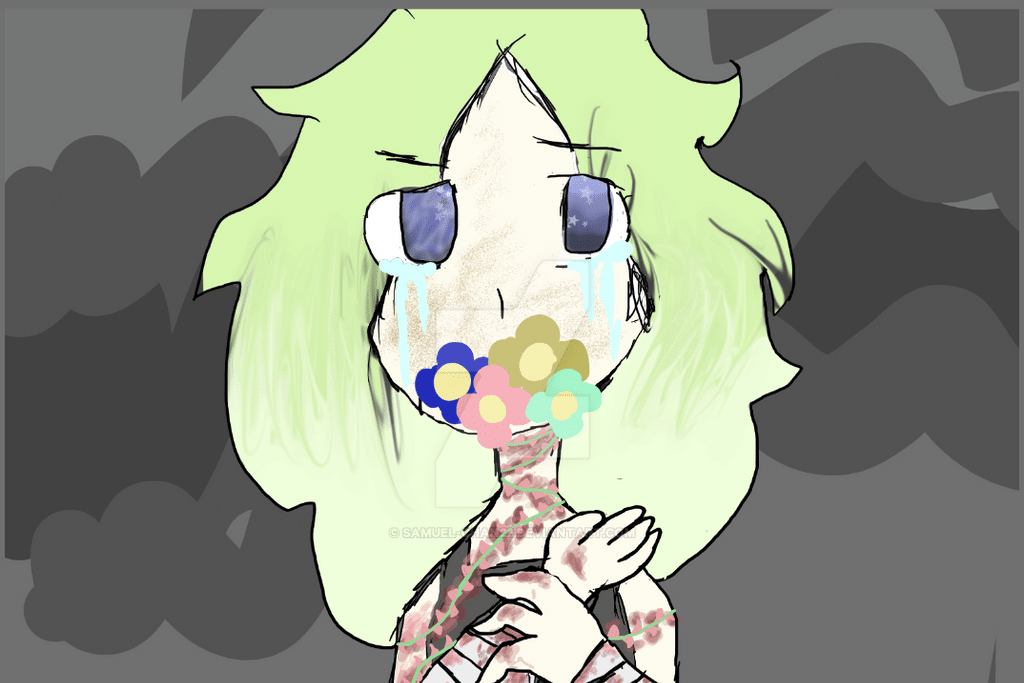2.5K
Hanahaki Disease is an internet phenomenon made famous by Japanese graphic novels. The term expresses a feeling of deep heartbreak.
What’s behind Hanahaki Disease
To understand the meaning behind the term Hanahaki Disease, it helps to translate the words: Hanahaki is Japanese for flower, Disease means disease in English.
- Hanahaki Disease refers to a fictional disease in which sufferers cough up petals. A flower grows inside them, making it difficult to breathe as it grows larger, and can eventually lead to death.
- Behind this disease is unrequited love. It is therefore the figurative expression of deep heartbreak.
- Hanahaki disease can only be cured if the beloved returns the love after all or if medical professionals surgically remove the flower inside the sick person.
- After such an operation, affected persons can no longer feel love. The memory of the loved one is also wiped out.
- The origin of Hanahaki Disease lies in Japanese, Chinese and South Korean graphic novels and mangas. Quickly, the symbol of heartbreak has also spread to poems, songs and other works.

